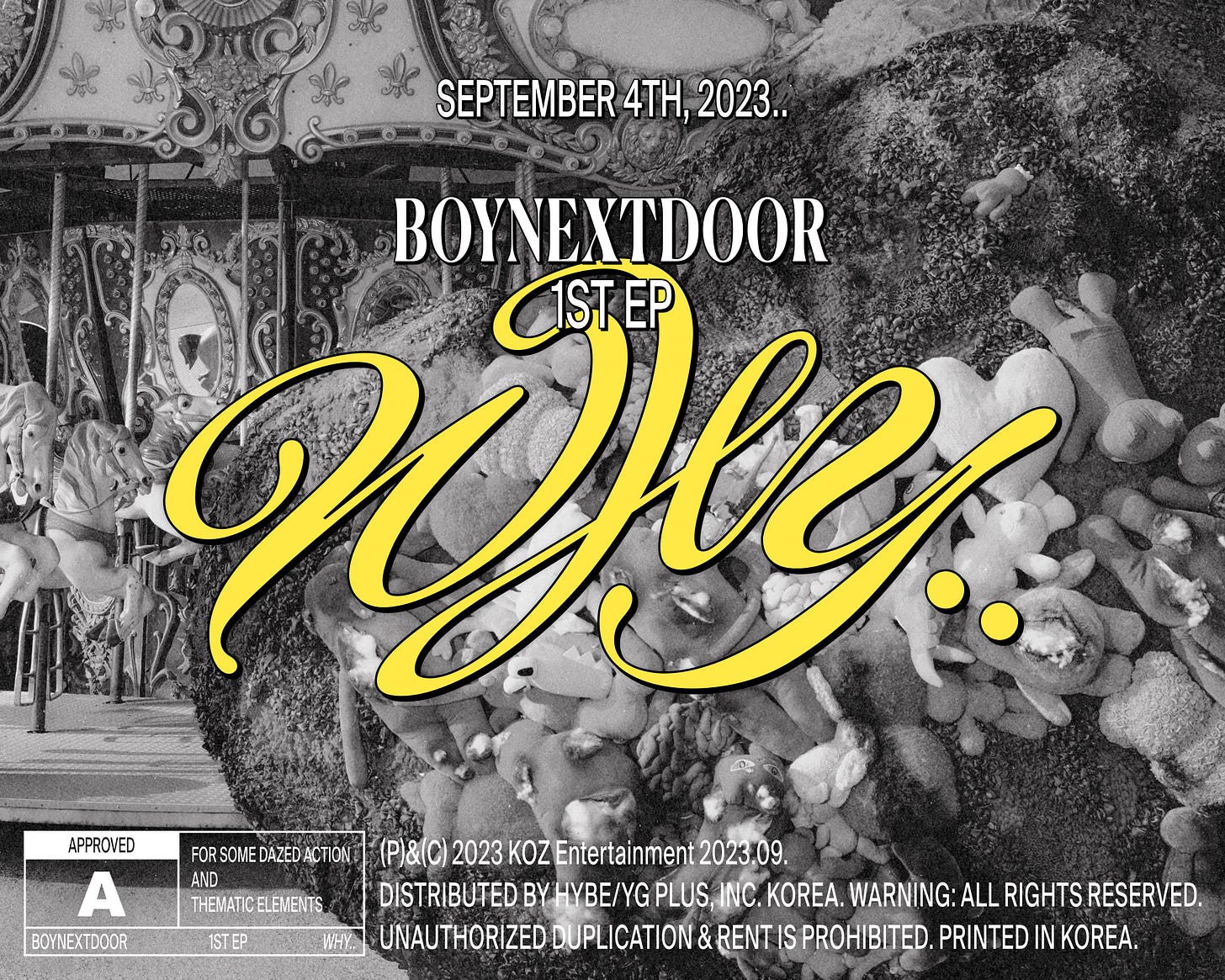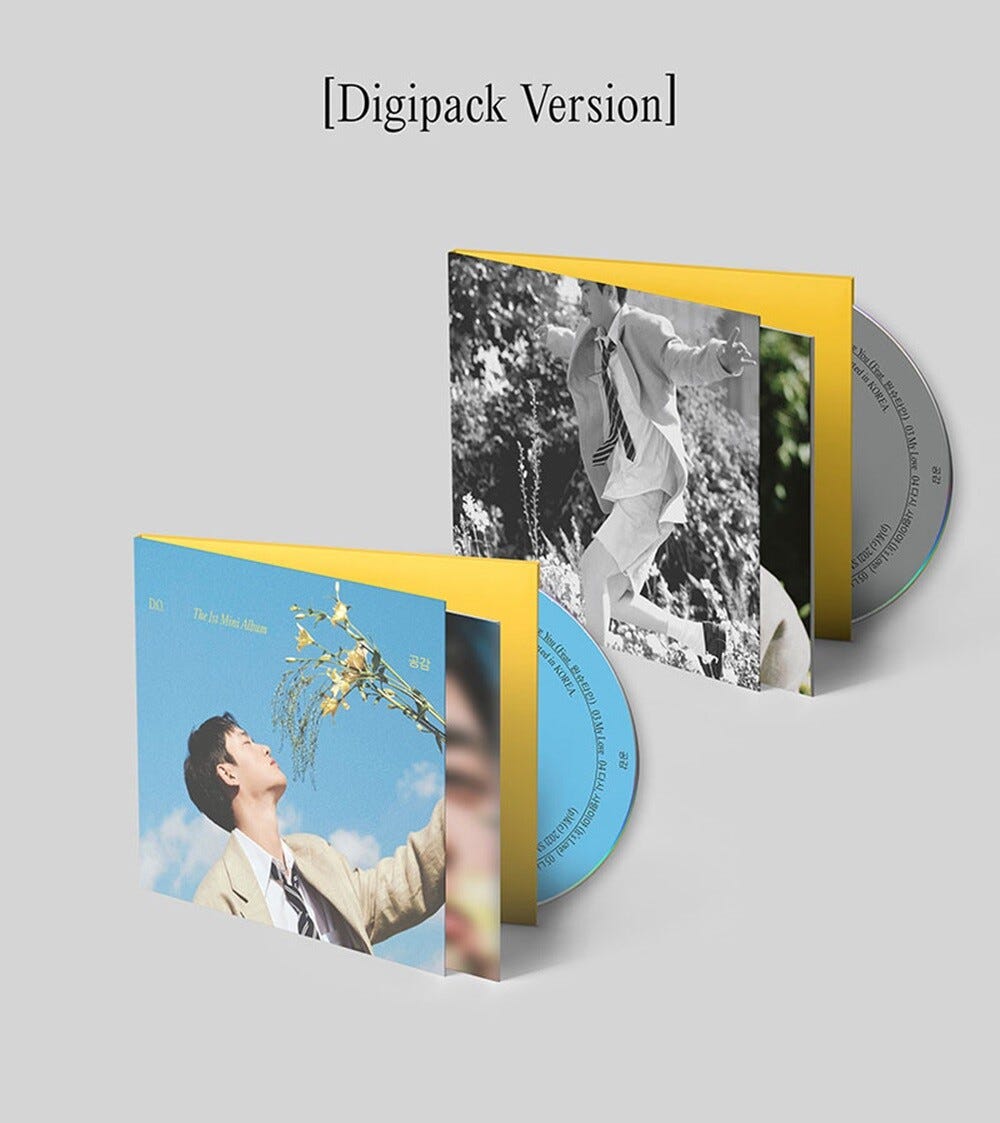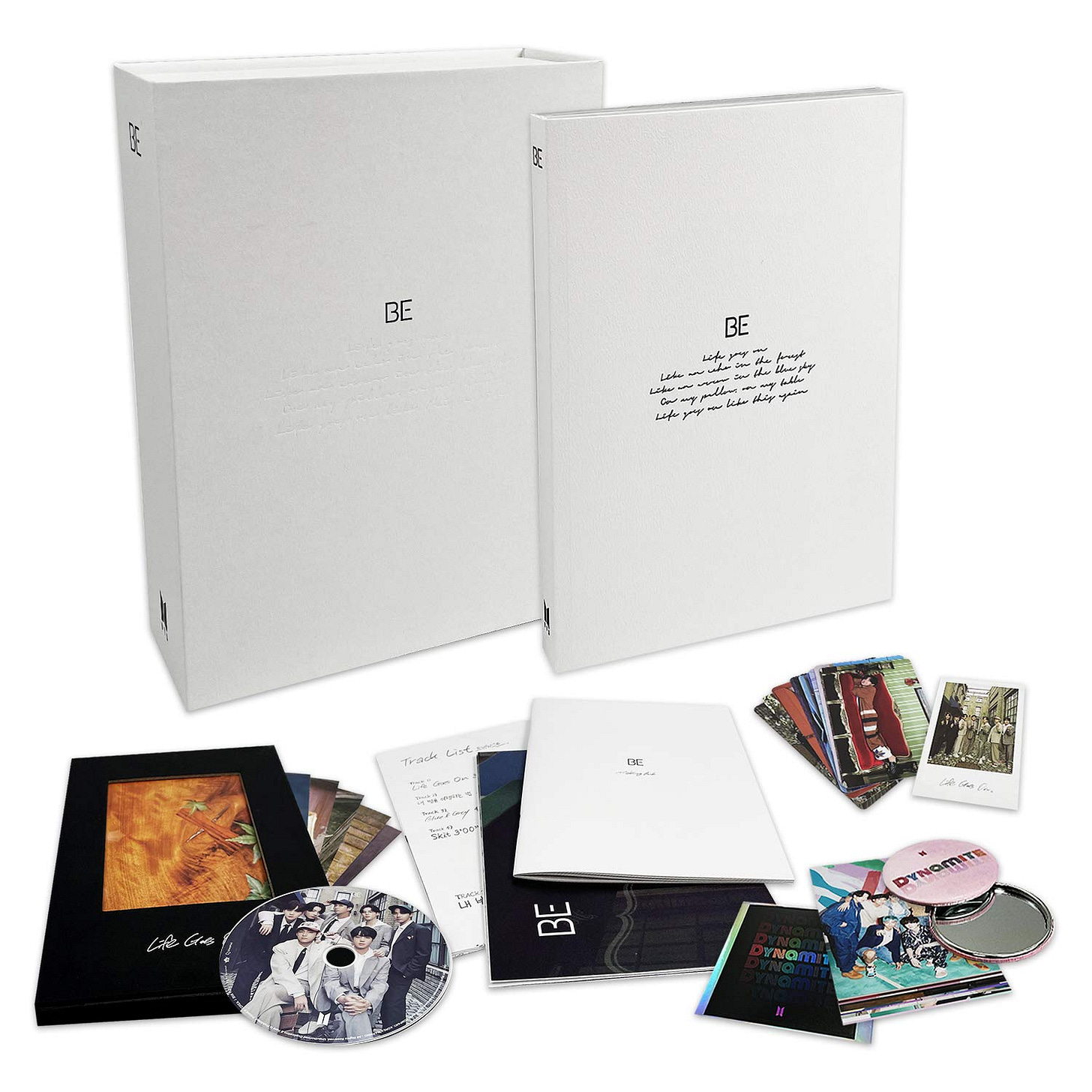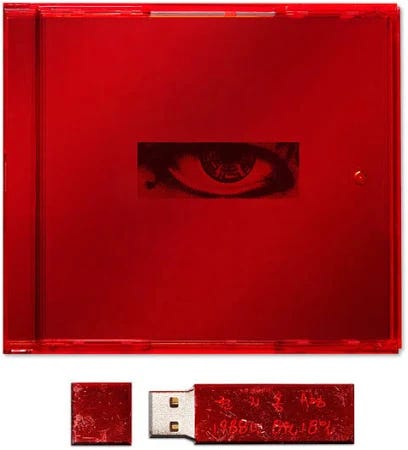Ever get excited about a new K-pop artist, only to feel overwhelmed by album versions like “SMini,” “PLVE,” “POCA,” or “Weverse”? You’re not alone. Here’s a breakdown to help you understand K-pop albums, from types of releases to packaging differences.
Before we dive into versions and packaging, let’s first provide an overview of the different types of albums based on the number or specialty of tracks.
🎶 Types of K-pop Albums (By Music Content)
Single Album – Usually 1 main track + 1–2 B-sides.
Mini Album (EP) – 4–7 tracks, includes a title track.
Full Album (LP) – 8+ tracks, full-length experience.
Repackage – A republished version of an album with added tracks.
Compilation – A collection of previously released songs.
Special Album – Released for anniversaries, fan events, holidays, etc.
Live Album – Recordings from concert performances.
EP (Extended Play): More than a single, less than a full album—usually under 30 minutes. In K-pop, this is often called a “mini album”.
LP (Long Play): A full-length album. Originally tied to vinyl records, "LP" is now used interchangeably with album, even for digital releases.
However, the type of album doesn’t always determine the packaging. And as we’ve all noticed, there are many versions these days. A K-pop album isn’t just an album; there are various versions, including Standard, Limited, Photobook, Special, and Compact.
Let’s take a deep dive into the versions.
CD Albums:
Let’s start with the albums that come with an official CD.
DIGIPACK: Digipack albums are simple, CD-sized versions with a square, flat design. They come in a fold-out paper cover that contains a CD, a small photo booklet, and a few extras, such as photocards or posters. Similar to jewel case versions, but made of thick paper instead of plastic.
COMPACT: Often used interchangeably with Digipack, compact albums are smaller, more affordable versions with fewer extras. They usually include a mini photo book, a CD, and occasionally small items such as posters or photo cards. While digipacks tend to have consistent packaging, compact albums can vary more in size and style.
DELUXE: A deluxe edition includes more content than standard versions and usually costs more. It often features bonus tracks, behind-the-scenes material, or exclusive items. For example, BTS’s BE was released as a deluxe edition.
JEWEL CASE: A standard plastic CD case used worldwide, often seen in solo artist and Japanese K-pop releases. It typically includes a CD, a small photo booklet, and photocards. Though smaller, jewel cases can cost as much—or even more—than standard versions, especially for Japanese editions.
LIMITED: These versions are produced in limited quantities or are only sold for a short time. Once sold out, they aren’t restocked, making them highly collectible.
EXCLUSIVES:
Some albums have region-exclusive editions, such as “LA,” “UK,” or “Atlanta Pop-Up,” often released by Hello82. These are similar to standard versions but include special photocards only available in that region.
There are also store-exclusive editions from retailers such as Weverse, Target, Walmart, Barnes & Noble, and Hello82, each offering unique photocards.
SPECIAL ALBUM: A broad term used differently by each company. It can mean a limited edition, a repackage, or a release for special occasions like anniversaries or fan events—such as SEVENTEEN’s Carat Ver. albums.
PHOTOBOOK: These albums typically include a softbound photo book, a CD (usually tucked into a pocket or envelope), and additional items such as photocards. Photobook versions are often what fans consider the “standard albums.”
STANDARD: The standard version is the main or “default” edition, only used when there are multiple versions. Other versions often differ in content, packaging, or theme, especially in albums that include photobooks.
“NORMAL EDITION”: Commonly used in Japanese releases. It refers to the basic version, often released alongside a “Limited Edition” or “Solo Edition.”
“SOLO EDITION”: Also common in Japanese releases, this version features individual members, with unique covers and sometimes member-specific content.
Digital & Smart Albums:
These small, CD-less albums include items like photocards, mini posters, or stickers, and provide access to music through a QR code, NFC chip, or app. Known as “Nemo,” “Platform,” or “POCA” albums, their content is usually similar across types.
DIGITAL CODE: Instead of a CD, these albums come with a “Digital Code Card” (QR code) that gives access to the album digitally, sometimes with bonus videos or photos.
PLATFORM: This version includes a paper photo card holder with photo cards and sometimes stickers or postcards. A QR code and serial number on the card let fans access digital content via the “MINIRECORD” app.
KIT (Kihno): Also called “KIT Album,” it contains a small device (like a smart key) that connects to a smartphone via NFC or headphone jack to unlock digital content. Fans usually get photo cards and postcards but no photo book. Access requires the “KiT Player” app.
NEMO: Comes in a small plastic sleeve holding photocards and a “Nemo card”. Fans use the “Nemoz” app to scan the card, access the digital album, and receive high-res photos.
FIGURE: As the name suggests, this version includes a figure. This device either has an NFC chip built in or a QR code printed on it, which you can use to access digital content. In addition, they are, of course, also decorative items that you can display on your shelf.
POCA ALBUM: Known for packaging that folds into a photocard stand. Includes a QR card album (a photocard with a QR code), photo cards, and stickers. Requires the “POCAALBUM” app to access digital content.
PLVE: Similar to POCA albums but not always foldable into stands. Uses a QR code to access the album via the “PLVE” app.
RISING CARD ALBUM: Includes a QR card, several photocards, and sometimes extras like a message or postcards. Requires the “RISING CARD ALBUM” app to access digital content.
SMINI: Features a photocard, ball chain, and a small, jewel-like case (the SMini box) that doubles as a keychain. Inside is a compact NFC music card. Use the “Smart Music Card” app and an NFC-compatible device to play the album by tapping your device to the NFC card.
STAYG ALBUMS: A small box with several photocards, always including a QR photocard. Fans use the “STAYG ALBUMS” app to access digital music and content.
WEVERSE ALBUMS: Exclusive to HYBE artists, these albums vary widely, from full photo books and posters to just a few photocards, but always include a QR photocard. The “Weverse Albums” app is needed to scan and access digital content.
Other Albums:
USB: Some albums come on USB drives instead of CDs, making them collectible items. They usually include digital songs, music videos, and behind-the-scenes footage. Though rare, USB albums blend collectibility with digital access, but many fans still prefer CDs or digital codes for convenience.
LP/Vinyl: These are vinyl record editions of K-pop albums, often including extras like photo books and photocards. They’re made for fans who enjoy the audio quality and collectible nature of vinyl.
Other Versions
Names like “Carat Ver.,” “Superb Ver.,” or “Polaroid Ver.” don’t indicate a specific album type but highlight who it’s for or the exclusive item included. These versions are usually Standard, Limited, or Photobook editions with unique themes or collectibles.
Album Charts
Before wrapping up, it’s helpful to understand the two main physical album sales charts: Circle Chart (formerly known as Gaon) and Hanteo.
CIRCLE CHART:
Circle tracks the number of albums shipped from distributors to retailers, not the number actually sold to fans. These figures represent how many albums are expected to sell over time, which is why Circle numbers are typically higher than Hanteo’s.
Circle does not rely on reporting from major labels like SM, JYP, or YG—they gather distribution data independently.
These numbers are used by award shows like the Golden Disc Awards to reflect overall circulation and album popularity on a broader scale.
HANTEO:
Hanteo, on the other hand, tracks real-time sales to customers from Hanteo-certified stores, both online and in-person. It provides a more immediate and accurate count of albums that have been purchased by fans.
Since it only counts confirmed sales, Hanteo numbers are usually lower than Circle’s. There can also be slight delays due to shipping or manual store updates.
Still, Hanteo plays a major role in weekly music show rankings like Music Bank and M Countdown. Certified U.S. stores include Music Plaza (Los Angeles), KPOP STORE in USA (Georgia), KPOPPIN USA (Florida), and Hello82 in multiple states, among others.
Navigating the world of K-pop albums can be overwhelming at first, but understanding the different versions, packaging styles, and chart systems can make collecting more enjoyable and rewarding. Whether you're a casual fan picking up your first album or a dedicated collector chasing down every member version, there's no “wrong” way to enjoy K-pop. From Digipacks to Digital Code Cards, every version offers something unique.
We hope you enjoyed this guide. Happy collecting!











![Official preorder NCT 127 - 6th regular album [WALK] (SMini Version) (Smart Album) — Dumber Studios Official preorder NCT 127 - 6th regular album [WALK] (SMini Version) (Smart Album) — Dumber Studios](https://substackcdn.com/image/fetch/$s_!OGbU!,w_1456,c_limit,f_auto,q_auto:good,fl_progressive:steep/https%3A%2F%2Fsubstack-post-media.s3.amazonaws.com%2Fpublic%2Fimages%2Fec21e009-4283-480a-a7d8-6578ca34b14b_500x500.jpeg)
